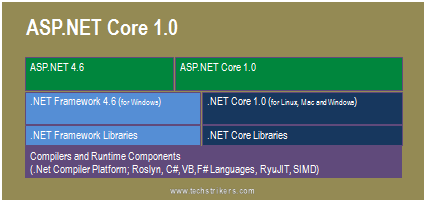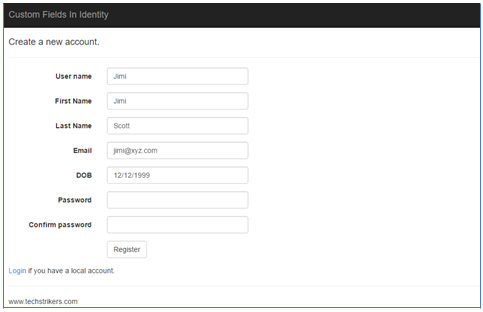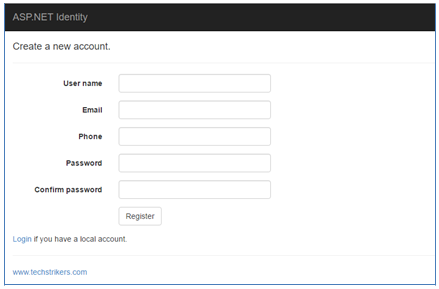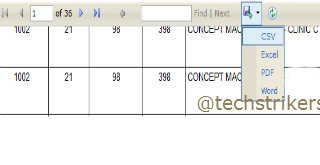Compilation Process in C
Introduction
The compilation process is an essential step in creating executable programs in the C language. It involves translating human-readable source code into machine-executable instructions. In this tutorial, we will explore the fragile-free compilation process, breaking it down into stages and explaining each step along the way.

The following are the phases through which C program passes before being transformed into an executable form:
- Preprocessing
- Compilation
- Assembly
- Linking
- Execution
- Troubleshooting
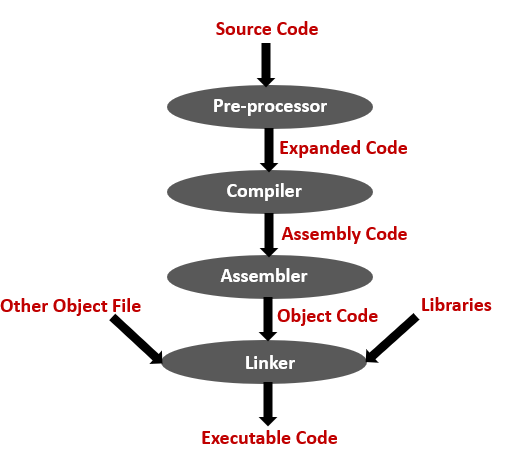
Preprocessing
The first stage of the compilation process is preprocessing. In this step, the preprocessor handles directives such as #include, #define, and #ifdef. It performs textual replacements and file inclusions, expanding header files and macros. The output of this stage is a modified source code file, ready for compilation.
To preprocess the source code, use the "gcc -E" command. This will generate a preprocessed file that contains the preprocessed code. For example:
Compilation
The next stage is compilation, where the preprocessed source code is converted into assembly language. The compiler analyzes the code, checks for syntax and semantic errors, and generates intermediate code or assembly code as output. This code represents the program in a form that is closer to the machine language but still needs further processing.
To compile the preprocessed code, use the "gcc -c" command. This will generate an object file that contains the compiled code. For example:
Assembly
In the assembly stage, the compiler assembles the generated assembly code into machine code. It translates the assembly code into binary instructions specific to the target architecture. The resulting file is an object file containing machine code instructions and symbols.
To assemble the object file, use the "gcc -S" command. This will generate an assembly file that contains the machine code. For example:
Linking
The linking stage combines multiple object files and resolves references to external symbols. It brings together the necessary functions and variables from various object files and libraries to create a single executable program. The linker also performs address resolution and generates the final machine code file or executable.
To link the object file with other object files and libraries, use the "gcc" command. This will generate an executable binary file that can be run on a computer. For example:
Execution
Once the linking stage is complete, the resulting executable file is ready for execution. The operating system loads the program into memory and transfers control to its entry point. The CPU then executes the instructions in the program, producing the desired output.
Troubleshooting
During the compilation process, errors and warnings may occur. Understanding and resolving these issues is crucial. The compiler provides error messages that can help identify and fix syntax errors, type mismatches, and other programming mistakes. Carefully reading and understanding these messages can significantly aid in troubleshooting.
The compilation process in the C language is a multi-step procedure that transforms human-readable source code into machine-executable instructions. Preprocessing, compilation, assembly, linking, and execution are the key stages involved. Understanding these stages and their purpose can help you diagnose and fix issues that may arise during the compilation process. By learning about the compilation process, you gain insights into how your code is transformed into a working program, empowering you to write more efficient and reliable software.


